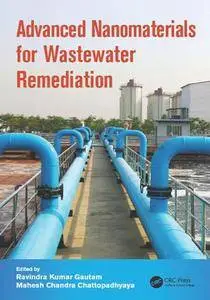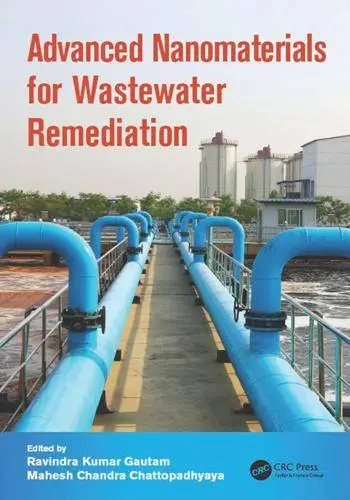Advanced Nanomaterials for Wastewater Remediation
by Ravindra Kumar Gautam and Mahesh Chandra Chattopadhyaya
English | 2017 | ISBN: 1498753337 | 439 Pages | True PDF | 18 MB
by Ravindra Kumar Gautam and Mahesh Chandra Chattopadhyaya
English | 2017 | ISBN: 1498753337 | 439 Pages | True PDF | 18 MB
Contamination of aqueous environments by hazardous chemical compounds is the direct cause of the decline of safe clean water supply throughout the globe. The use of unconventional water sources such as treated wastewater will be a new norm. Emerging nanotechnological innovations have great potential for wastewater remediation processes. Applications that use smart nanomaterials of inorganic and organic origin improve treatment efficiency and lower energy requirements. This book describes the synthesis, fabrication, and application of advanced nanomaterials in water treatment processes; their adsorption, transformation into low toxic forms, or degradation phenomena, and the adsorption and separation of hazardous dyes, organic pollutants, heavy metals and metalloids from aqueous solutions. It explains the use of different categories of nanomaterials for various pollutants and enhances understanding of nanotechnology-based water remediation to make it less toxic and reusable.



